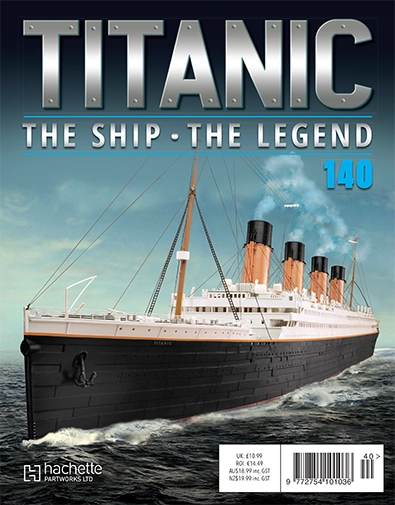Understanding the Titanic and Its Impact on Maritime History

Introduction
The Titanic, often referred to as the RMS Titanic, holds a significant place in maritime history as a symbol of human ambition and tragedy. Launched in 1912, this luxurious ocean liner was considered unsinkable, showcasing the pinnacle of engineering of its time. The events leading to its fateful maiden voyage, the tragedy of its sinking, and its ongoing legacy continue to captivate audiences around the world.
The Maiden Voyage and Tragedy
On April 10, 1912, the RMS Titanic set sail from Southampton, England, destined for New York City. Onboard were some of the wealthiest people of the time, along with others seeking a new life in America. Tragically, on the night of April 14, 1912, just four days into the voyage, the Titanic struck an iceberg in the North Atlantic Ocean. Despite its advanced safety features and the claims of being “unsinkable,” the ship faced catastrophic damage.
Of the approximately 2,224 passengers and crew that boarded the Titanic, over 1,500 lost their lives in one of the deadliest maritime disasters in history. The aftermath raised questions about safety regulations, lifeboat capacities, and maritime protocols, leading to significant reforms in maritime law.
Legacy and Cultural Impact
The story of the Titanic did not end with its sinking; instead, it spawned a plethora of cultural representations, from films and books to exhibitions and documentaries. The 1997 film “Titanic,” directed by James Cameron, reignited interest in the tragedy and became one of the highest-grossing films of all time. It depicted the lives of its passengers, allowing audiences to connect with the historical figures involved.
Additionally, various expeditions to the wreck site, discovered in 1985, have contributed to our understanding of the shipwreck and its condition. Artifacts recovered from the site have been exhibited in museums around the world, alongside educational programs that discuss maritime safety and ethics.
Conclusion
The Titanic remains a poignant reminder of the hubris of civilization and its vulnerabilities. Its story is not merely about a ship but about society’s relationship with technology, safety, and human life. As we continue to explore the lessons learned from this historical event, the Titanic endures not only as a symbol of tragedy but also as a catalyst for change in the maritime industry. Future generations will likely continue to reflect on its impact as we strive to balance innovation with safety and respect for human life.









